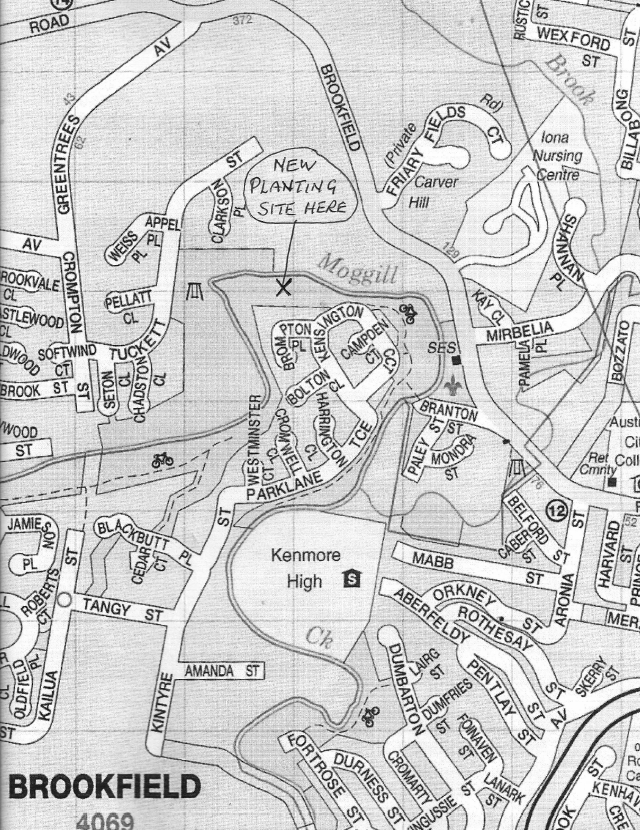
300 new trees!

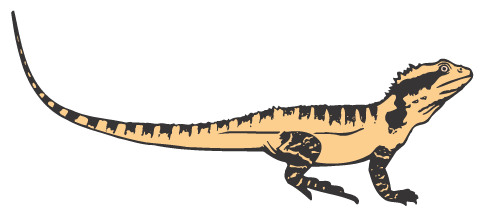
by mccgadmin

by mccgadmin
Brisbane is the most biodiverse capital city in Australia.
Brisbane City Council invites MCCG members to the latest seminar in its acclaimed Brisbane Biodiversity series.
Join them and guest speakers, Professor Darryl Jones, ecologist Stefan Hattingh and local bushcarer Heather Barnes to hear about “Backyard Biodiversity.”
Speakers will discuss Brisbane urban bird behaviours, gliders in suburban settings and White Hill Reserve biodiversity preservation.
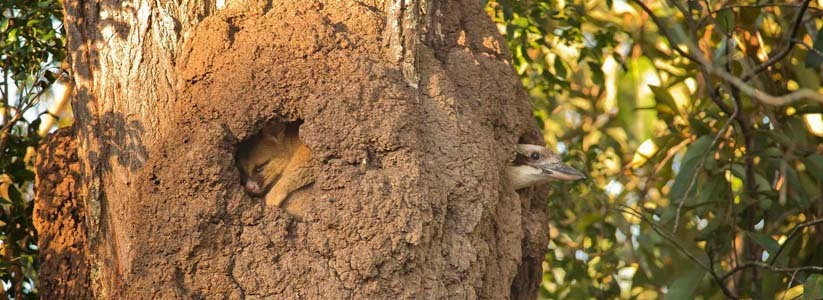
Event details
For more information, phone Andrew Wills, Creek Catchment Officer on 07 3407 0215 or email the Community Conservation Partnership Program team.

by mccgadmin
In our latest Feather Fascination, Jim Butler introduces us to the Hoatzin, a bird (or is it a flying cow?) from the Amazon Basin.
Jim points out that the Hoatzin is a true herbivore, but this comes at a cost due to the energy which the bird must expend in order to digest its purely plant diet.
On the other hand, a bird much closer to our own homeland manages the demands of its strictly herbivorous diet very well.
Learn how the physiology of the Australian Wood Duck has evolved to balance the energy required for intensive digestion with the effort it must expend for flight by reading Jim’s article: Feather Fascination April 2018
And learn more about the very unusual Hoatzin!
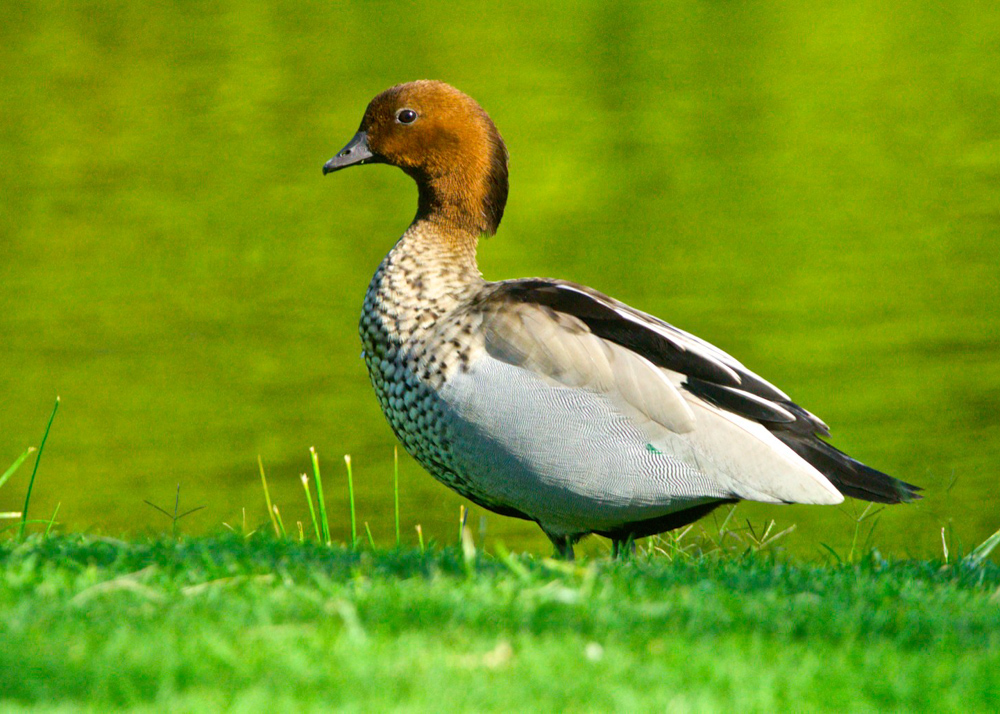
Male Australian Wood Duck – Photo courtesy of Ed Frazer
by mccgadmin
Wondering how to fill in the daylight hours during the Easter long weekend?
The soil is beautifully moist and the weather is perfect – so how about planting some natives on your property?
Members can contact Bryan Hacker at [email protected] or phone 3374 1468 to arrange a time to pick up free plants from our Nursery!

by mccgadmin
Up to 30 people responded to our challenge to join our Cane Toad Collection night on 9 March.
The purpose of the event was to supply the University of Queensland Cane Toad Challenge Team with adult toads. The toxins from the toads are used to synthesise baits which are then used to trap tadpoles.
Our Facebook page has a report of the night’s activities.
And to learn more about this groundbreaking project, visit the UQ Research Project website.
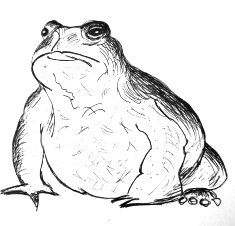
by mccgadmin
Our MCCG bushcare groups are simply inspirational !!
Members and volunteers alike just keep pitching in and – to their credit – delivering significant results!
These pictures provide evidence of the success which can be achieved with quiet tenacity and patience. They tell the story of how one team has nurtured the landscape around McKay Brook in the Mirbelia Street vicinity since 1999. Look at the habitat they have created:
Photo taken in 1999: 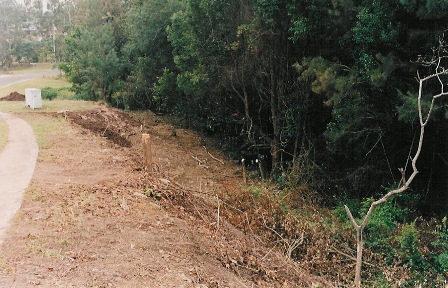
Photo taken in 2000: 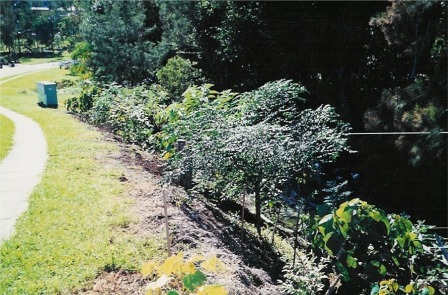
Photo taken in 2003: 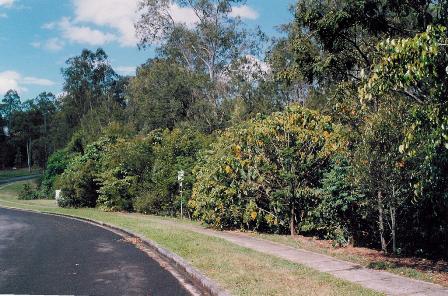
This is testament that the future of our catchment is in good hands!
You can check our Facebook page to read about the latest achievements of the McKay Brook team in another area around Bozzato Place.
Is there any chance can you help? The McKay Brook team is a friendly crew led by Bryan Hacker, which gets together on the first Saturday and third Sunday of each month. Refreshments are provided. Their next working bee is Saturday afternoon 7 April.
We have bushcare groups who meet on weekends in other areas that may also suit you. Our Working Bee Calendar has all the details.
Photos courtesy of Bryan Hacker
by mccgadmin
Brisbane folk tend to equate nightlife with The Valley but we have our own active scene happening every night right here in the Catchment!
Whilst most of us are asleep and the younger generation is partying, there is an amazing amount of nocturnal activity occurring right here around us.
Take a look at our latest Bush Bites article to learn more!
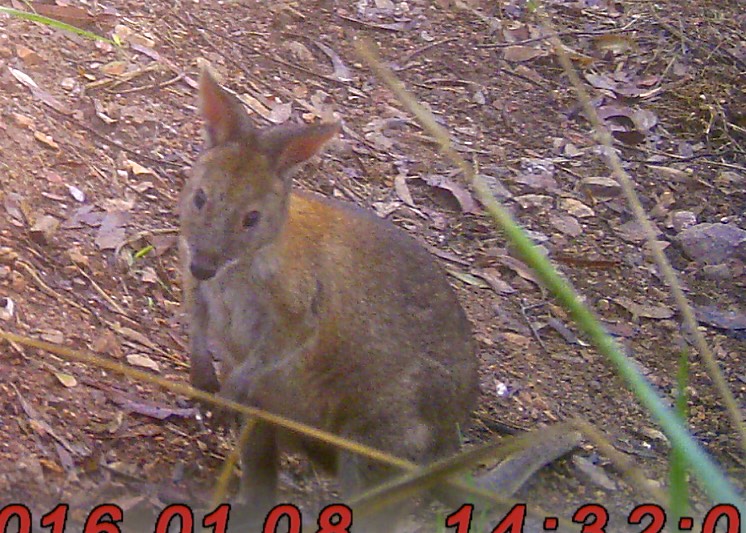
Red-necked Pademelon photographed at night with an infra-red camera (courtesy Ed Frazer)
Note: if you have any snippets of your own to share with us, please send an email to:
[email protected]
by mccgadmin
Be part of Australia’s first nationwide citizen science waterway monitoring event!
If you value our waterways and eco-systems, here is a genuine opportunity to become involved in the assessment of the health of our waterways at a national level.
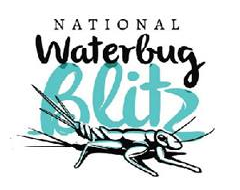
The National Waterbug Blitz, funded by the Department of Industry, Innovation and Science, is a month-long event to be held annually in October, commencing in 2018.
Every Spring, people across the nation will be encouraged to explore their local waterways and to identify the waterbugs living within them.
Waterbugs (or aquatic invertebrates) are small invertebrates such as dragonflies, damselflies, mayflies, caddisflies, water striders and water beetles. Each type has a certain sensitivity to pollution or water quality changes, so measuring the type and number of waterbugs in a waterway can tell us how healthy the waterway is. The MCCG used waterbug surveys as part of its own creek health monitoring initiative from 2011-2016.
During the National Waterbug Blitz, surveys will be conducted throughout Australia in October and anyone can join in!
All that is required is a passion for the environment, a hand net, sorting tray, pipette and teaspoon!
Different levels of participation will be available, from 20 minutes to all day. The Blitz therefore caters for people with varying degrees of interest in our waterways, ecology, taxonomy and environmental monitoring.
Training workshops will be provided for volunteers and supporting info will be available on a national website (www.waterbugblitz.org.au) to be launched in April.
All findings will be recorded in a national database via The Waterbug App (available from September 2018) to provide a snapshot of waterway health across Australia.
Specific event details will become available closer to the Blitz launch date on World Rivers Day, Sunday 30 September 2018.
In the meantime, please view the flyer for detailed information:
National Waterbug Blitz – Introductory Factsheet – 2018
Additional Info
by mccgadmin
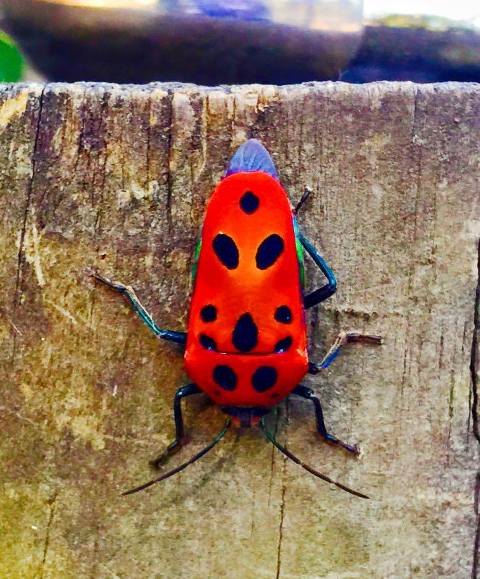
by mccgadmin
Here’s a wonderful opportunity to chat with carers from groups involved in the rescue and/or rehabilitation of injured and orphaned native animals.
THECA (The Hut Environmental and Community Association) is holding a drop-in session from 9am till 11am on Sunday 25 March with representatives from the RSPCA, BIRO, Wildcare, and Bat Conservation and Rescue Queensland.
They will be happy to answer your questions and chat about the wonderful work they do.
The event will be held at The Hut, 47 Fleming Road, Chapel Hill (opposite the Fleming Road shops).
There’s no need to book – just drop in!
For more info visit the THECA website
Or check out the flyer: {module_literature,i,184355}
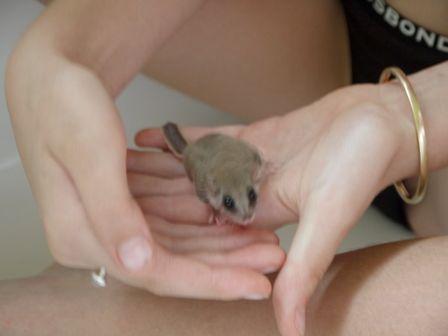

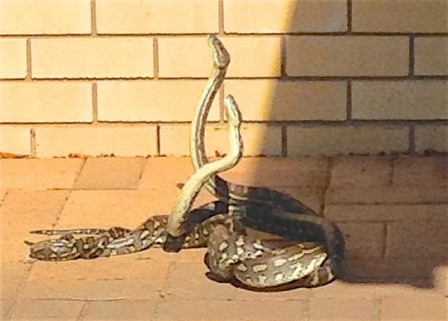

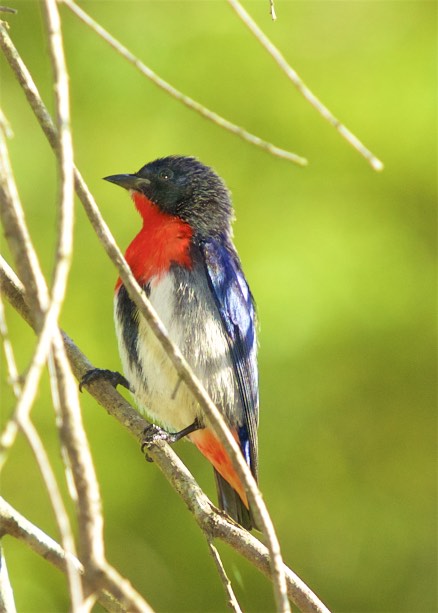
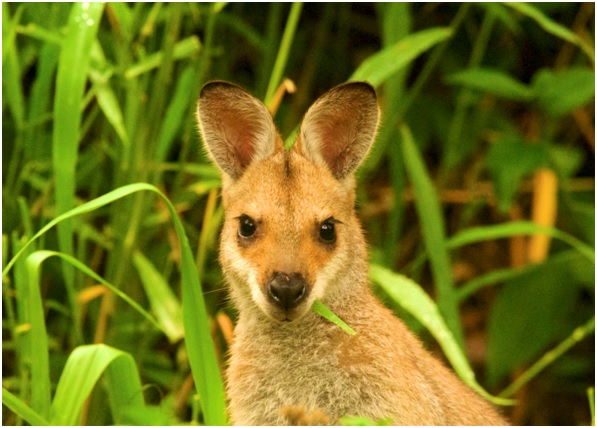
Images taken within the MCCG catchment courtesy of Chris Read, Vicki and Paul Campbell and Ed Frazer
